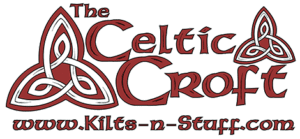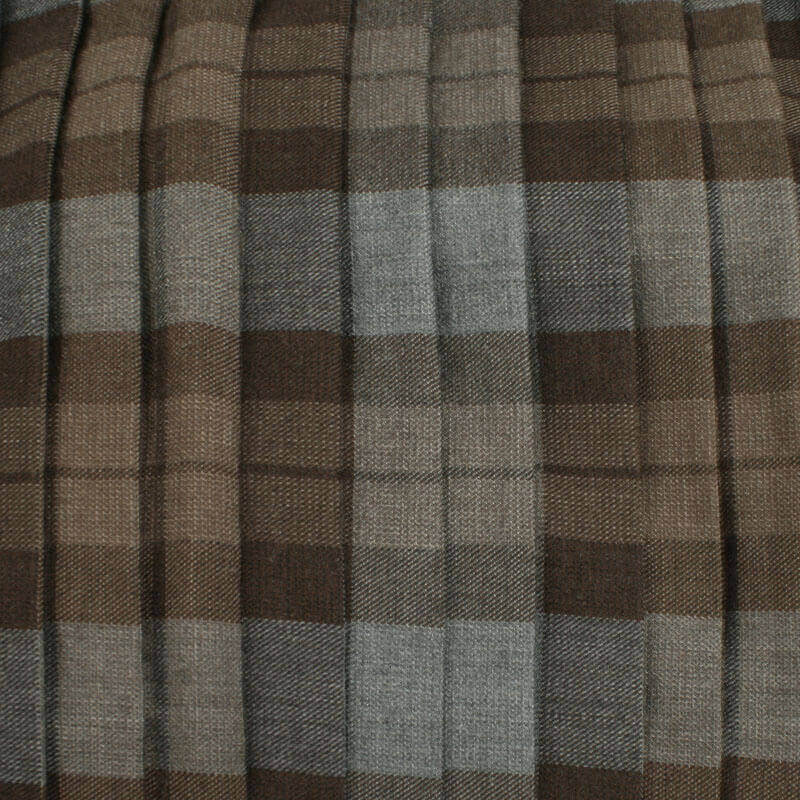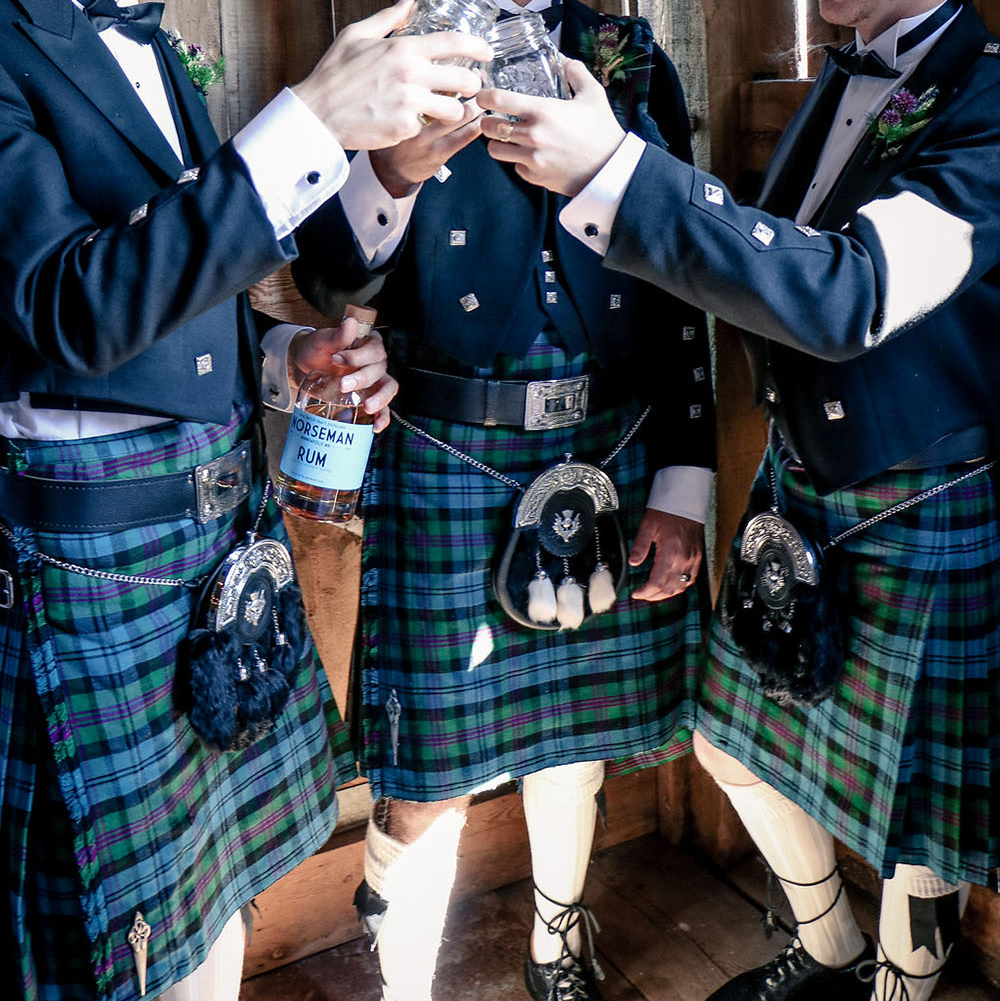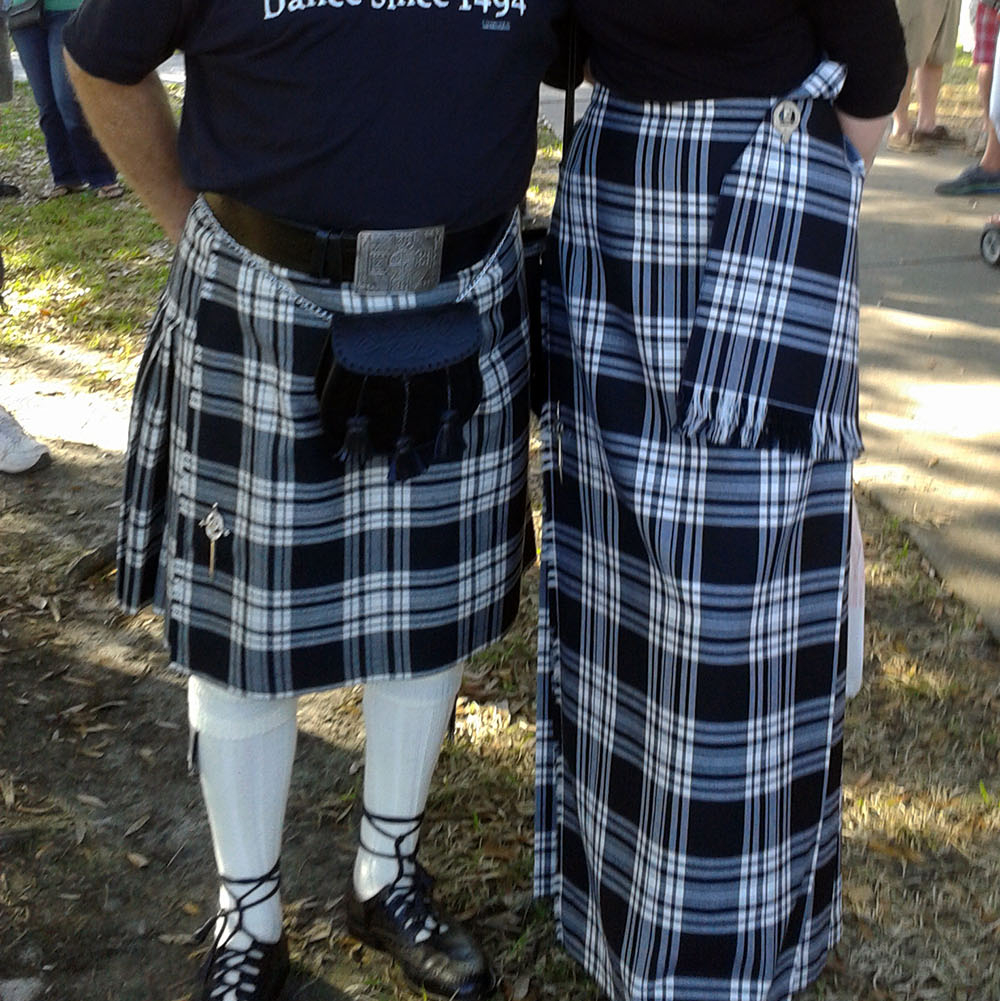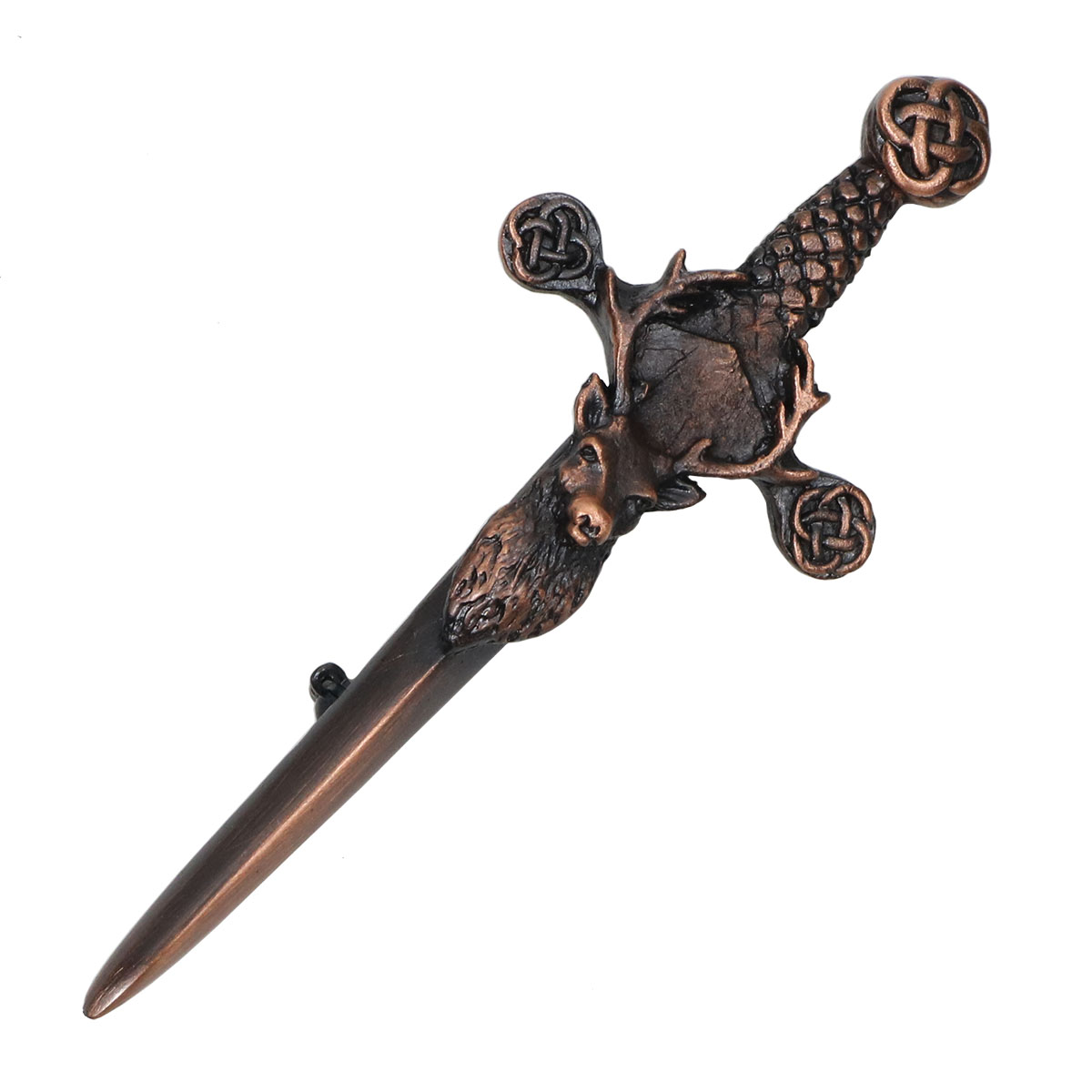Originally publish February 2007.
Settlement of Ireland

It was about 11 thousand years ago that the last Ice Age started coming to a close, and the bare of Ireland was colonized quickly by plant species such as grasses, dock and meadowsweet, followed by juniper, willow, birch and hazel. It was about 10,000 years ago that the first know human inhabitants came to what would become Ireland.
Although the levels of the ocean were still lower than they are today, it is likely that there was already open water between Ireland and continental Europe. Thus the first peoples to arrive in Ireland would have had to come across by boat or raft, making the east coast of Ireland the most likely location for the first settlements.
Although probably at least semi-nomadic these Mesolithic peoples seem to have settled primarily along river banks, lake shores and the coast. These areas probably provided a ready supply of food for a hunter-gatherer population. There were few large animals in Ireland at the time. The giant Irish deer (with a antler span as wide as 3 meters) became extinct in a resurgence of cold temperatures just before the end of the Ice Age. A smaller deer-like animal, as well as the red deer were present, but the surviving evidence suggests that wild pigs, in addition to game birds were the primary quarry of the earliest inhabitants of Ireland. Hazelnuts were easy to store and probably an important resource over the winter until the salmon run began in spring.
It is believed that in similar settlements in Britain that the inhabitants may have used fire to clears sections of woodland in the hope of attracting animals who grazed in more open areas. In County Antrim there are layers in of soil dating to about 6000 B.C. that show charcoal layers and a change in plant pollen that suggest the earliest Irish may have done the same. However, it seems that they did not modify their environment to a great deal, but rather exploited the existing resources.
Excavations on Mount Sandel in County Derry and overlooking the estuary of the Lower Bann have found the earliest know occupation of Ireland dated between 7000 and 6650 B.C. based on radiocarbon dating. Although centuries of farming and plowing fields may have destroyed much evidence, a number of post-holes were found in arcs which were
centered around fire pits. These huts were about 6 meters across and seem to have been made of saplings set into the ground and probably woven together to make an inverted basket, or possibly a tepee-shaped shelter.

Although animal bones do not often survive in the acidic soils of the Mount Sandel area, the inhabitants through a number of bones into their fires, and the surviving fragments give us a picture of the diet the residents. Over three hundred bones were found one from a dog, three from hares and although there were some bird and fish bones as well most of the rest came from wild pigs. It’s not until the about the 4000 B.C. during the Neolithic period that the first evidence of farming appears in Ireland.
